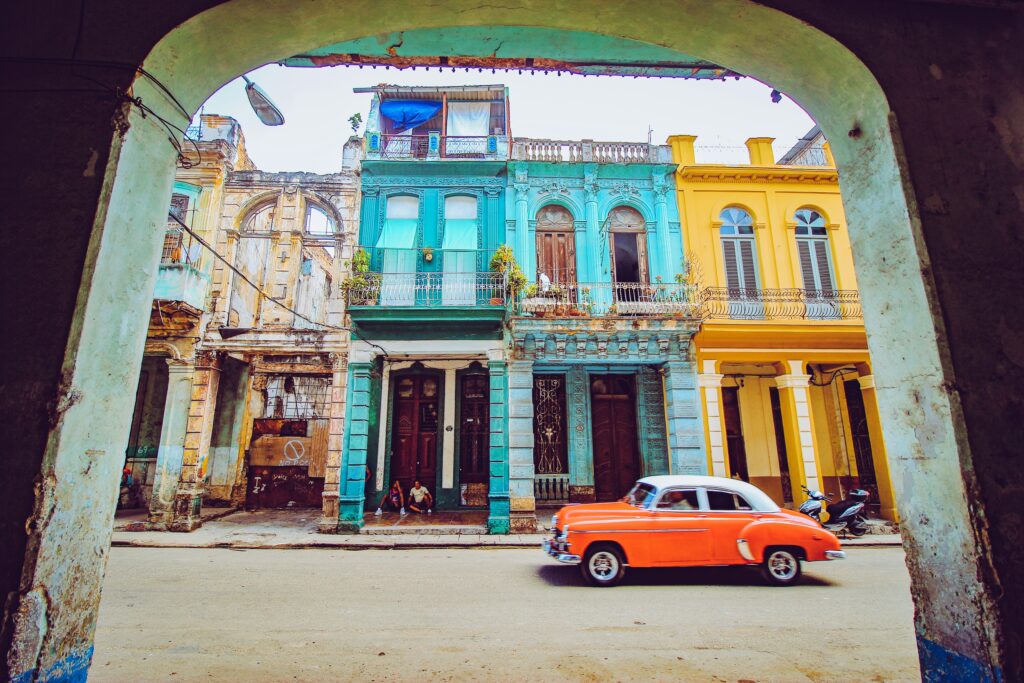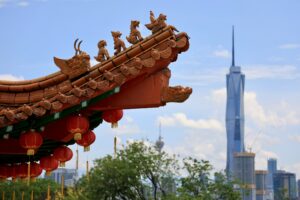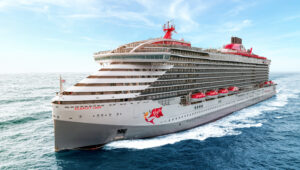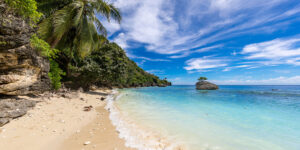- Cuba, the largest island in the Greater Antilles, lies in the Caribbean, north of South America.
- While tourists often see Cuba as a paradise with beautiful beaches and vibrant culture, the reality for locals is different.
- The island nation grapples with complex socio-political issues that contrast sharply with its idyllic image.
Cuba’s One-Party Political System
Since the Cuban Revolution, Cuba has been governed by a one-party socialist system. The Communist Party of Cuba dominates, limiting political freedom and dissent, reflecting a stark contrast to the island’s vibrant cultural life. This political structure has significantly influenced Cuba’s international relationships and internal policies.

Demographic and Cultural Fabric of Cuba
Cuba’s population is a diverse mix of ethnicities, mainly whites, mestizos, and Afro-Cubans. Despite the challenges under the communist regime, Cubans are known for their resilience and vibrant cultural expressions, especially in music and dance. The island’s cultural richness is a testament to its people’s ability to thrive amidst adversity.
Education and Professional Expertise in Cuba
Cuba boasts a high literacy rate and excels in education, particularly in medicine and sciences. Despite political constraints, the country has produced highly skilled professionals, especially in healthcare. Cuba’s medical diplomacy, sending doctors worldwide, reflects its strong emphasis on medical expertise.
Safety and Security in Cuba
Compared to other Latin American countries, Cuba is relatively safe. The strict governance and heavy police presence have contributed to lower crime rates, offering a secure environment for both locals and tourists. However, this sense of safety often comes at the cost of stringent surveillance and limited personal freedoms.

Cuba’s Economic Freedom and Challenges
Cuba ranks low in economic freedom, reflecting its tightly controlled socialist economy. This ranking indicates significant restrictions on business and economic activities, hindering growth and development. The economy’s rigidity has led to shortages, limited consumer choice, and a reliance on imports for basic goods. From a libertarian perspective, the lack of economic liberty stifles innovation and individual entrepreneurship, essential for a thriving and dynamic economy.
Complexities of Cuban Currency
Cuba’s dual currency system, consisting of the Cuban Peso (CUP) and the Convertible Peso (CUC), has presented unique challenges for both the local economy and international trade. Historically, the CUC was pegged to the US dollar and used primarily in the tourism sector and for foreign trade, while the CUP was the standard currency for everyday transactions among Cubans.
This dual system led to significant disparities in purchasing power and economic divisions within the society. Recent reforms aimed at unifying these currencies under the CUP have been a move towards simplifying economic transactions and addressing inequalities. However, these changes also bring challenges, such as adjusting to new pricing structures and the impact on wages and savings, reflecting a complex transition in Cuba’s economic landscape.

Living Costs
As of 2024, the average wage in Cuba was reported to be approximately 3830 CUP per month, which translates to around 148.738 USD per month. This income level is significantly lower compared to many other countries.
Housing is also heavily subsidized, with many Cuban nationals not having to pay taxes, rent, or mortgages on their homes. A ration book issued by the government allocates basic food items like rice, beans, and bread to every Cuban, which helps in reducing the portion of their salary spent on food.
Regarding rental costs, they can be substantial relative to average incomes. In Havana, the minimum monthly rent is around 17,000 CUP. However, most Cubans do not pay rent for their homes, with rental being more common among young families living independently and people migrating within Cuba for work or other reasons. Calculations suggest that around 32,000 CUP per month are needed per person to cover basic expenses in Cuba.

Stagnation in the Socialist Economy
Cuba’s socialist economy faces stagnation, with most sectors under state control. This has led to inefficiencies and limitations in production and distribution, affecting the nation’s overall economic health.
Tourism is a major economic driver for Cuba. The country’s rich history, beautiful landscapes, and cultural heritage attract visitors worldwide, providing crucial revenue and foreign exchange.
The Complexity of Cuba
Cuba, with its stunning natural beauty and rich culture, faces complex challenges. The country’s struggle with economic and political constraints highlights the need to understand the broader context of this Caribbean nation.






